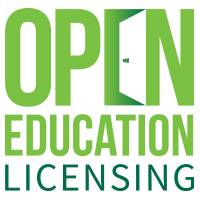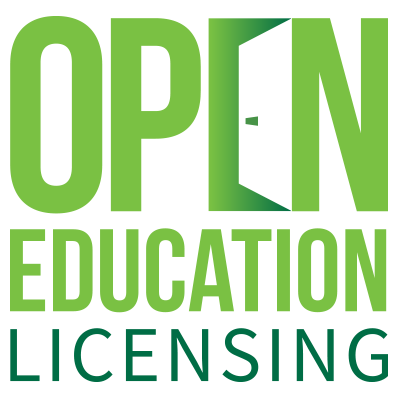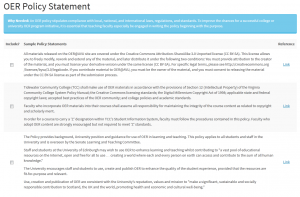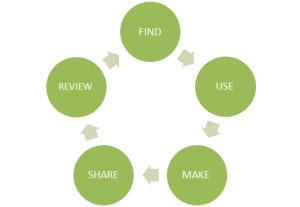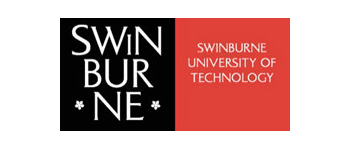As part of the research process for the OEL Project, we have reviewed intellectual property policies of Australian Universities to understand what rights they give to employees over the teaching materials that they develop during the course of their duties. In general, the intellectual property policies of Australian universities have been much more concerned with the commercial potential of research outcomes, with little attention given to teaching resources.
The majority of universities retain ownership of these resources, some provide rights to staff through a licence, and a few grant copyright to the staff creating the resource. Without copyright ownership, or at least an explicit licence, teachers who would share their resources as open educational resources must either work outside of formal permission or seek permission outside of the intellectual policy framework if they wish to share teaching resources. The responses to the OEL Project survey suggested that at least half of respondents shared resources freely outside their institutions, though it is possible that these individuals are working in institutions which grant them that right.
For institutions who are considering adopting more OER friendly policies, the OER Policy Development Tool, from Lumen Learning allows users to simply check boxes to create a draft policy document.
By selecting and adding components from different sections users create a policy document which which adheres to their vision of what OER should be at their institution. Individual policy components are drawn from existing policy documents and are linked for users who wish to view the component in context.
Perhaps it is unlikely that an Australian University will adopt a policy developed by selecting components, but this tool allows the decision making around policy setting related to OER to be clearly considered and draft policies representing different levels of commitment to open practices to be developed quickly and simply, and to be based on good practice from other institutions.
